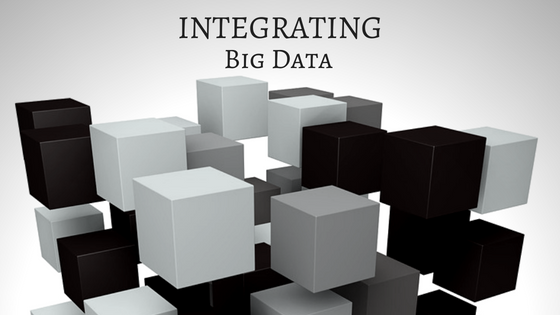Real-time Big Data Processing: How & Where?
By processing the data in motion, real-time Big Data Processing enables you to walk in parallel with the current landscape of your Business and turn...
4 min read
Preetisha Dayal : Apr 12, 2018 12:00:00 AM
-1.jpg?width=560&height=315&name=Untitled-design%20(1)-1.jpg)
A group of large data sets that cannot be processed using traditional computing techniques is known a Big Data. In the processing of Big Data various tools, techniques and frameworks are involved. Data creation, storage, retrieval, and analysis are related to big data which is outstanding in terms of volume, diversity, and rate.
Rather than testing the individual features of the software product testing Big Data application is more of a verification of its data processing. Performance and functional testing are the keys to Big Data testing.
Verification of successful processing of terabytes of data using commodity cluster and other supportive components is done by engineering in Big Data Automation testing. As the processing is quite fast, high level of testing skills are required. Adding to this, in big data testing, data quality also plays an important role. Before you test the application, it is crucial to check the data quality as it is a part of the database testing. Various traits such as conformity, accuracy, duplication, consistency, validity, data completeness, etc are also involved.
Craving for more Big Data? Then grab a free copy right here.
Big Data Testing can be categorized into three stages:
Step 1: Data Staging Validation
The first stage of big data testing is also known as a Pre-Hadoop stage which comprises of process validation.
Step 2: "Map Reduce" Validation
Validation of "Map Reduce" is the second stage. Business logic validation on every node is performed by the tester. Post that authentication is done by running them against multiple nodes, to make sure that the:
Step 3: Output Validation Phase
The output validation process is the final or third stage involved in big data testing. The output data files are created and they are ready to be moved to an EDW (Enterprise Data Warehouse) or any other such system as per requirements. The third stage consisted of:
Also read: How Big Data Automation Impacts Data Science

By Hadoop, very large volumes of data are processed and are extremely resource intensive. Thus architectural testing is important to make sure the success of the Big Data project. If the system is improper or poorly designed it may result in performance degradation, and the end needs will not be met. So the Performance and Fail-Over test services should be practiced in a Hadoop environment.
Testing of job completion time, memory utilization, data throughput and similar system metrics is a part of performance testing. The main aim of the failover test service is to find out that data processing occurs flawlessly in the situation of failure of data nodes
For Big Data, performance testing includes the following:
Also read: How Big Data Automation Impacts Data Science
Big Data Testing: The Real Importance
Big Data Automation Testing helps one to find out that the data in hand is qualitative, precise and healthy. The data collected from a number of sources and channels is confirmed which helps in further decision making. Big Data Testing is quite important as there are a number of reasons for the same. Given below is the list of them.
When data goes into the hands of the genuine people, it becomes a positive feature. So when you get the right kind of data with yourself, it will be a great aid to make sound decisions. It helps in analyzing all kind of risks and only the data that contribute to the decision-making process is made in use.
The data which is to be analyzed should be found and then you should convert the data into a structured format before it can be mined. Having the right kind of data is a blessing for the businesses as it helps in the concentration of weak areas and prepares people to beat the competition.
With the use of Big Data you can have better decision making a strategy or automate the decision making process. All the validated data should be collected, analyzed, understand the user behavior and make sure that all of them is present in the software testing process so you can find out something when required. By looking at the information, you can optimize business strategies by using big data test.
If the data is precisely analyzed then the loss in business will be minimal. If the collected data is of poor quality, the business will go through huge losses. Valuable data from structured and semi-structured information should be isolated so that no mistakes take place when there is customer dealing.
Got a Big Data project in head? Then reach out to us for a consultation.

By processing the data in motion, real-time Big Data Processing enables you to walk in parallel with the current landscape of your Business and turn...

The data has managed to change the world and especially the business field with the daily requirement while it is formulating for the future world of...